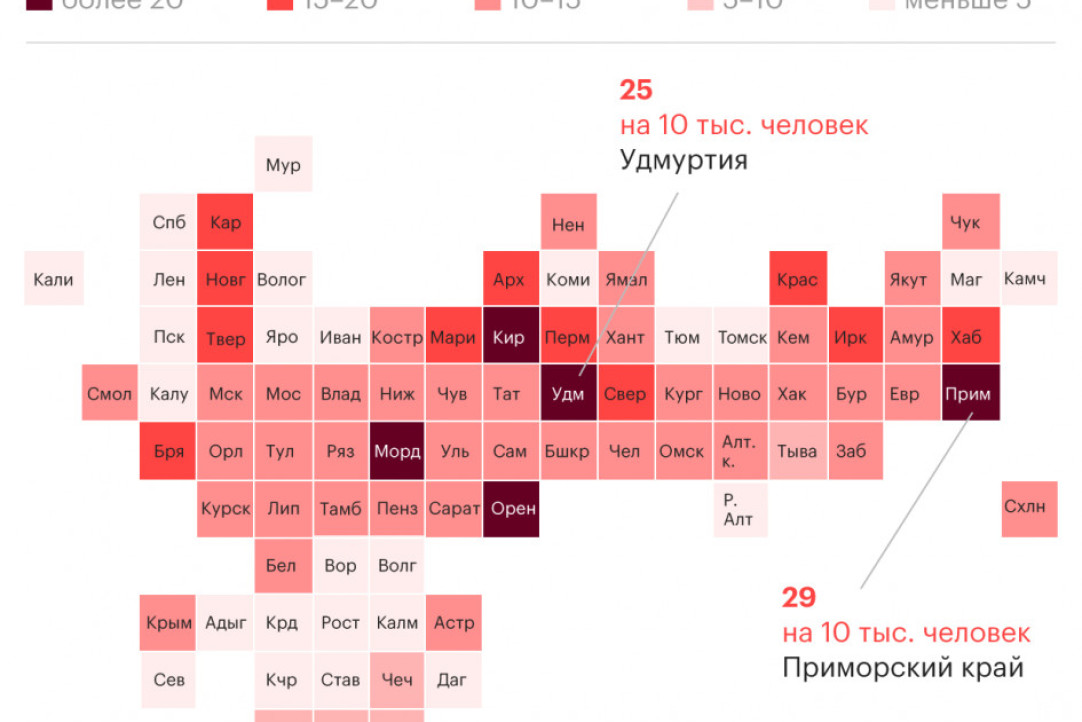На сайте университета Индианы появилось сообщение о проекте Центра истории медицины ИГИТИ по изучению санитарной статистики

Дата
12 мая
2020
Рубрики
Руководители проекта: Елена Вишленкова (Москва) и Андреас Реннер (Мюнхен)
Руководители проекта: Елена Вишленкова (Москва) и Андреас Реннер (Мюнхен)


Шрифты HSE Sans и HSE Slab разработаны в Школе дизайна НИУ ВШЭ